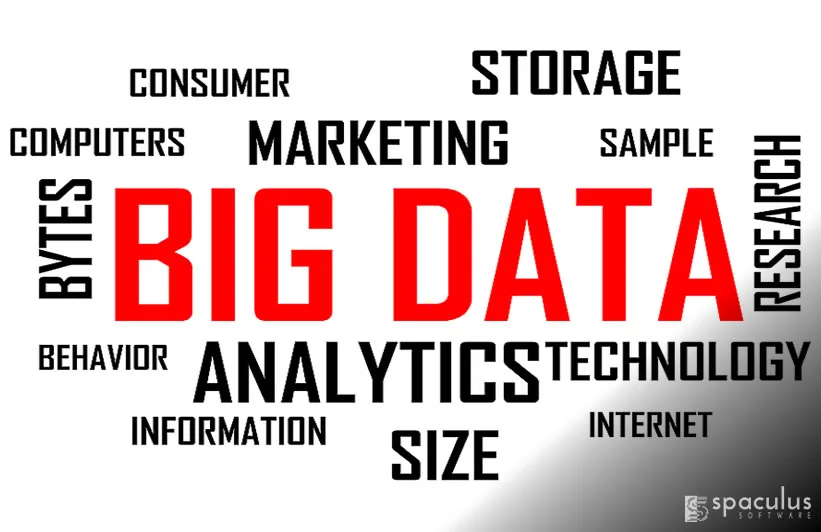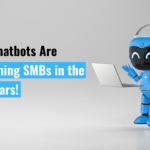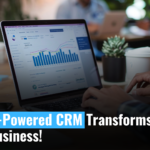Big Data: How Does It Multiply Growth And Revenue For Companies?

Every industry processes and business interactions leave behind massive amount of data which piles up at an exponential rate. Generated by sensors, financial activities, digital applications, social media or other dynamic streams, there is a great deal of data that organizations can leverage to create precious growth opportunities. However, translating this scale of data into meaningful actionable insights and business strategies require proven expertise and right talent.
Companies need to find viable technology resources to tap into high potential and experience improved performance. This is where big data disrupts your mundane data and offer the prodigious promise of creating additional revenues and enhanced growth.
Lets learn more about the industry-wide structure of Big Data adoption, its expansive cutting edge models and how the technology helps multiply growth and revenue for companies.
Generation of parallel revenue streams
If you are a company thinking to diverse your earning channels, you must have thought of making a productive use of existing data to produce an entirely new revenue stream or a uniquely independent business unit. This is one of the major motive behind shocking global acquisitions and amalgamations. Big Data helps industries dealing with plethora of information on a daily basis craft a stand-alone business model or innovative service structure using the data they possess. The recent takeovers or groundbreaking innovations from Facebook, Snapchat and other travel and marketing companies are biggest epitome of how Big Data can introduce big value and unforeseen profit for your business.
Customer optimization leads to a competitive edge
Innovation centered around customer optimization forms core essence to customer satisfaction, and achieving customer satisfaction is the biggest formula to gaining a competitive edge in the niche market. According to The survey, which focuses on 167 companies spread across five sectors, big data analytics supply immense power to leaders and become a robust differentiating factor for them by offering a strong competitive advantage. The survey revealed that Big Data adopters tend to generate 12% more revenue than those that do not capitalize much on data analytics. It adds rapidity to growth rates and more ability to innovate their existing processes and service.
Quality Data for achievable vision
Leaders can differentiate themselves form the rest of the pack by accessing the exact data they need to attain goals. With the focus on the problem-solving data, they can target existing service gaps and product quality by understanding how to extract and translate the data into developing a strong operating plans. The data of quality thus collected and processed makes company’s vision achievable.
Better execution with insight-rich strategy
To make sound business decision, it is essential to implement right technology platforms for pulling reliable Big Data insights. Leaders also need more practice and analytical experience to invest in the technology-powered resources. Companies have better chance to win the market if they put their data-driven insights to work and flex it around business processes and operations.
Big data driven Business transformation models
Companies can implement several data-driven models with a consideration that offerings appealing to a larger audience can result in profuse revenues. The following models can be also be creatively mixed to generate viable hybridity:
Tailor-built solutions
To address customer satisfaction on a greater scale, you can implement product and services that are tailored to deliver value. Such solution model can lead to gaining better position against market competition.
Bundled services
Bundling multiple services or products into one package increases profit and opportunities for cross-selling, interesting customers to a greater level.
Pay-per-use approach
With pay per use model, customers get to buy a wide stretch of offerings with the facility of paying for what they use. Product margin goes higher with this approach in comparison with subscription model.
Subscription-based structure
This kind of model is preferred by most companies with an idea of creating reliable revenue from cross-selling and up-selling though it often results in low product margin.
Conclusion
Technologies like Big Data and IoT can empower organization with unbounded business capabilities in terms of customer acquisition and revenue generation opportunities. However, there has to be a tremendous shift from traditional mindset to a learning-curious mindset that is more dynamic and critical to growth of any company. Also, hybrid talent around the technology plays important role in enabling companies to produce more efficiency. more importantly, the way you leverage and implement Big Data solutions will determine the business value and quality.
Tags
Categories
- API Integration (2)
- App Development (35)
- Artificial Intelligence - Spaculus Software (23)
- Blog Categories (8)
- Business Analytics (9)
- Cloud Computing (5)
- Digital Marketing (9)
- Ecommerce (3)
- IOT (7)
- Latest Updates (20)
- Live Streaming (2)
- Marketing Automation (1)
- RPA (2)
- Tech World (21)
- Uncategorized (1)
- Web Design (13)
- Web Development (22)







